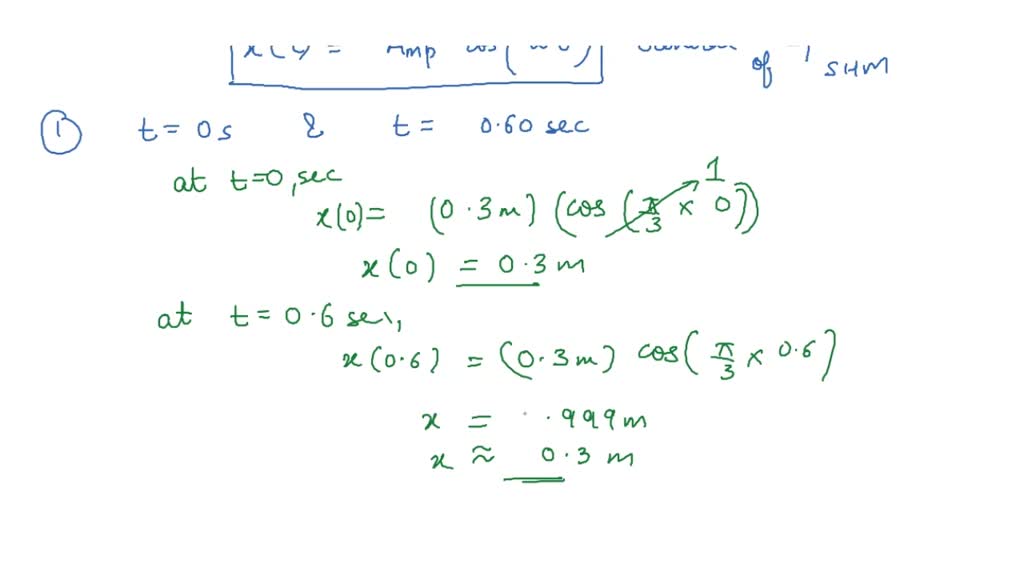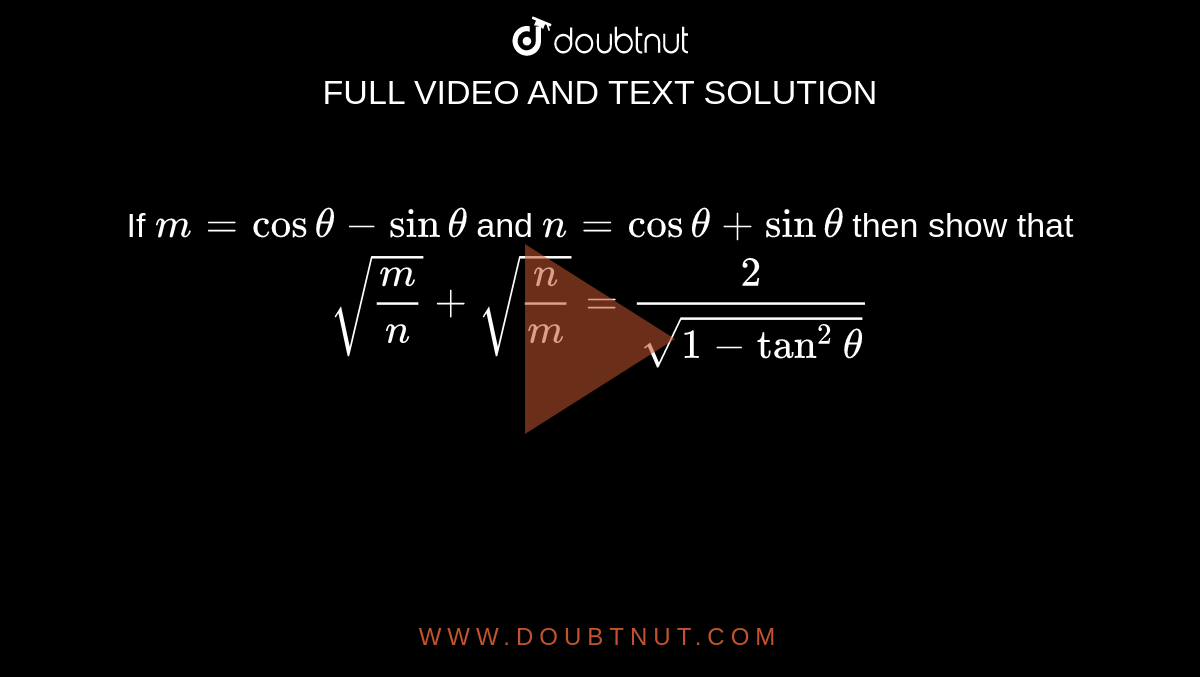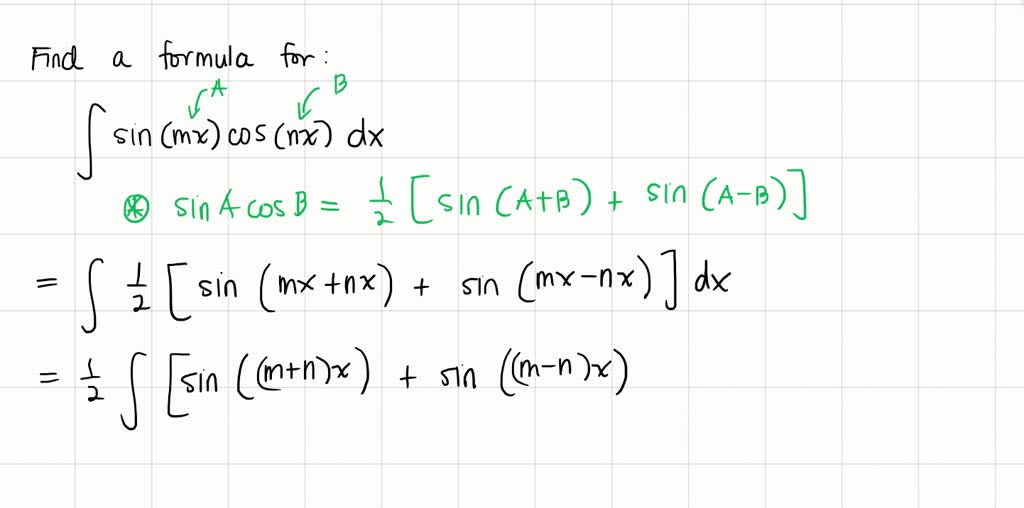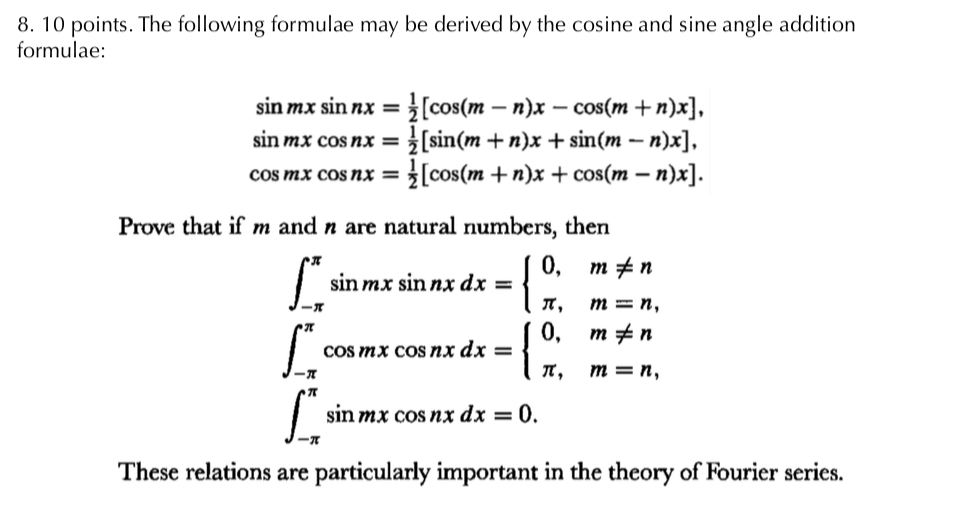
calculus - Reduction formula for $\int_0^{\pi/2}\cos^m\theta\sin^n\theta\,d\theta$ - Mathematics Stack Exchange
![Calculus 2: How Do You Integrate? (84 of 300) Find the Integral of [cos (mx)][cos(nx)]dx=?*** - YouTube Calculus 2: How Do You Integrate? (84 of 300) Find the Integral of [cos (mx)][cos(nx)]dx=?*** - YouTube](https://i.ytimg.com/vi/lRq-j0zRaQc/hqdefault.jpg)
Calculus 2: How Do You Integrate? (84 of 300) Find the Integral of [cos (mx)][cos(nx)]dx=?*** - YouTube

If cot theta =m/n, show that m cos theta-n cos theta/ m cos theta + b ain theta = m - Maths - Introduction to Trigonometry - 12670763 | Meritnation.com

If n sin theta = m cos theta Then prove that {(m sin theta - n cos theta) / (m sin theta +n cos - Brainly.in

Question Video: Using the Unit Circle to Express the Values of Sine, Cosine, and Tangent for 2𝜋 − 𝑥 in Terms of Their Values for 𝑥, Where 𝑥 Is Any Real Number

H&M's COS, Next, IBM in blockchain textile traceability project - Ledger Insights - blockchain for enterprise

SOLVED: The motion of an object is described by the equation x(t) = (0.30 m) cos(pi/3t) Find (a) the position of the object at t = 0 and t = 0.60 s, (

If m sintheta + n costheta = p and m costheta - n sintheta = q , then m ^ 2 + n ^ 2 = p ^ 2 + q ^ 2 . that is ?

SOLVED: A ball of mass m oscillates on a spring with spring constant k = 200 N/m. The ball's position is x = 0.350m cos(15.0/st + 0.13) a) What is the amplitude

If m=cos theta-sin theta and n=costheta+sin theta then show that sqrt(m /n)+sqrt(n/m)=2/sqrt(1-tan^2 theta)
If m = (cosθ - sinθ) and n = (cosθ + sinθ) then show that √m/n + √n/m = 2/√1-tan^2 θ - Sarthaks eConnect | Largest Online Education Community







